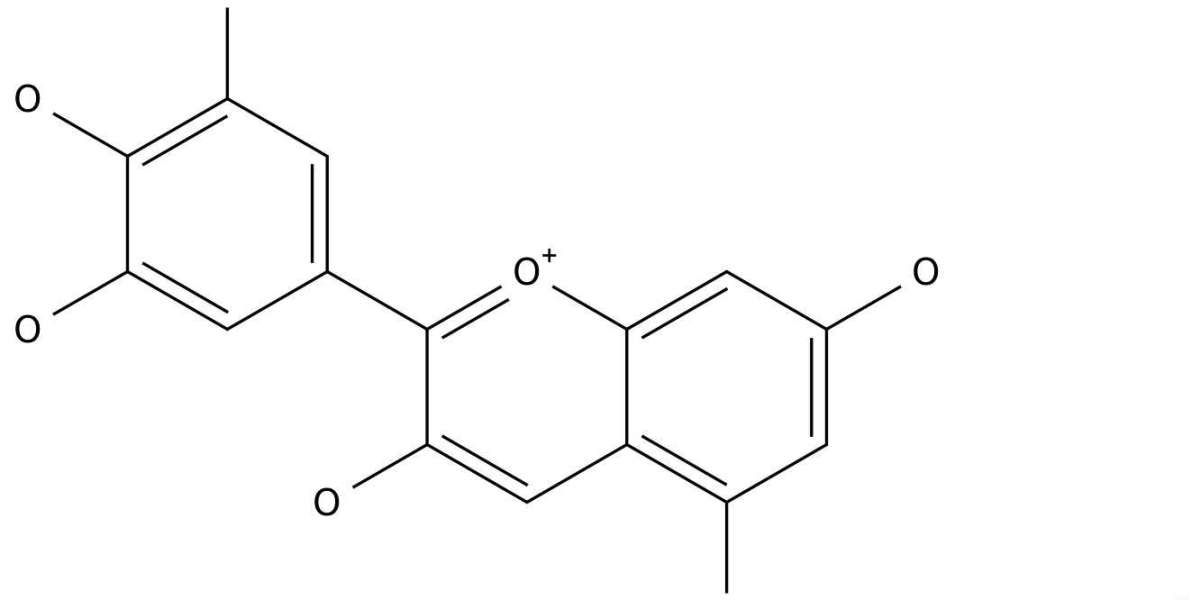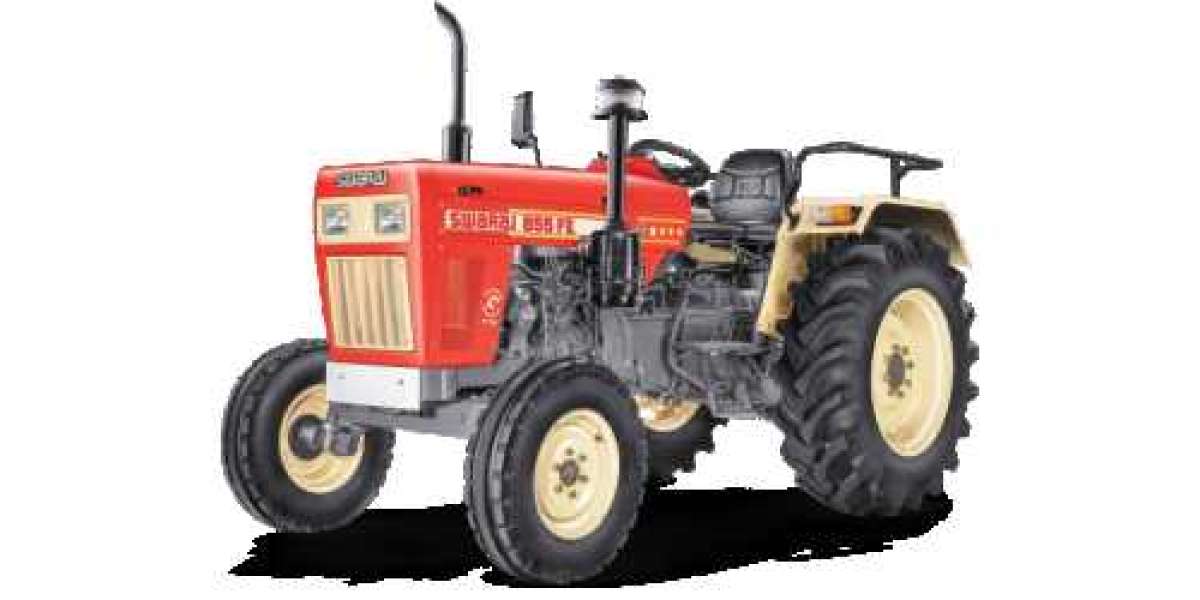Paraffin comes in both liquid and solid form and is used throughout the UK in a wide range of industries. It’s an extremely versatile product, and so has a wide range of uses including heating oil, beauty products, candles and medicines. When looking for heating oil, you may have come across the terms paraffinoel or kerosene; both refer to the same oil that’s used to heat off-the-grid homes and industrial buildings. With its many uses, it can get a little confusing, so we’ve put together a guide for an insight into the adaptable fuel.
What is paraffin?
Paraffin, also known as liquid paraffin, paraffinoel or kerosene, is a combustible hydrocarbon liquid that’s burned as a fuel. Paraffin fuel refers to a mixture of different types of hydrocarbons with the chemical formula CnH2n+2; specifically paraffins are a group of alkanes. Paraffins are key components of petroleum and natural gas. Those with fewer than 5 carbon atoms per molecule tend to be gases at room temperature, whereas those with between 5 and 15 carbon atoms are usually fluid in form. Straight-chain varieties with over 15 carbon atoms per molecule are solid at room temperature.
Paraffin is less hazardous than gasoline and boils at 150-275oC. It can be extracted from coal, wood and oil shale, but is mostly acquired from the distillation of petroleum. When first discovered, the cost of producing paraffin was high, but prices fell when new sources and cheaper methods of refining were later uncovered.
Paraffin uses
Paraffin has a variety of practical uses in industries that range from medicine and agriculture to cosmetics. While the very first usage of paraffin dates back to the 19th century as paraffin wax in candles, the oil has since found use in many other forms. Paraffin is commonly used as a fuel for jet engines and rockets, as well as a fuel or fuel component for diesel and tractor engines.Liquid paraffin is a mineral oil that comes in two forms: either heavy liquid paraffinoel or light liquid paraffinoel. The terms kerosene and paraffin overlap where the latter is used as a liquid fuel. Whereas paraffin wax is a waxy solid, liquid paraffin is more viscous and highly refined and can be used as a laxative.
Paraffin history
Paraffin wax is acquired from petroleum by dewaxing light lubricating oil stocks. It was first produced in 1830 by Carl Reichenbach in Germany and commemorated a key advancement in candle making technology, as its burn was cleaner, more consistent than tallow candles and was cheaper to produce. Initially, paraffin wax had a low melting point, however, the addition of stearic acid later solved this. Paraffin wax production was thriving in the early 20th century from a rise in meatpacking and oil industries which generated paraffin and stearic acid as by-products.



